Colombian Paradise Manor Tropical Coffee beans which Coffee beans have tropical fruit flavor
Professional coffee knowledge exchange more coffee bean information please follow the coffee workshop (Wechat official account cafe_style)
Front Street Coffee-- Tropical Coffee beans in Columbia Paradise Manor
Producing area: Colombian cauca
Manor: Paradise Manor
Treatment: double anaerobic washing
Varieties: Colombia, Castillo, Kaddura
Altitude: 2050m
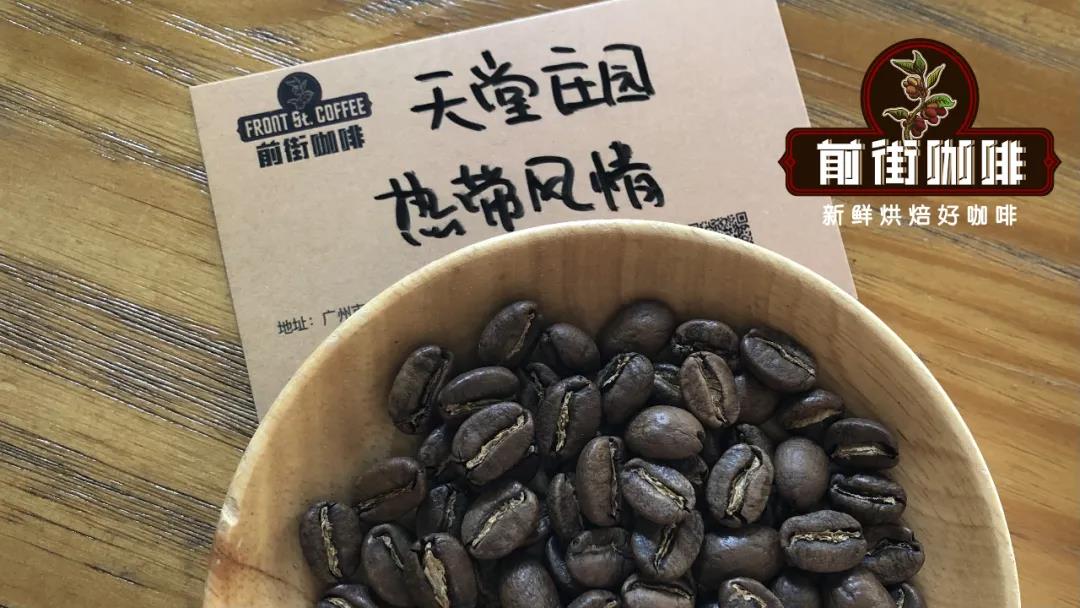
Cauca province
Cauca
Cauca province is a certified coffee producing area in Colombia, with an average elevation of 1758m and a maximum elevation of 2100m. The topography, precipitation, temperature and volcanic soil of the area prepare suitable conditions for the growth of coffee. 80% are mountainous, with parallel mountain systems in the east and middle, part of the Andes.
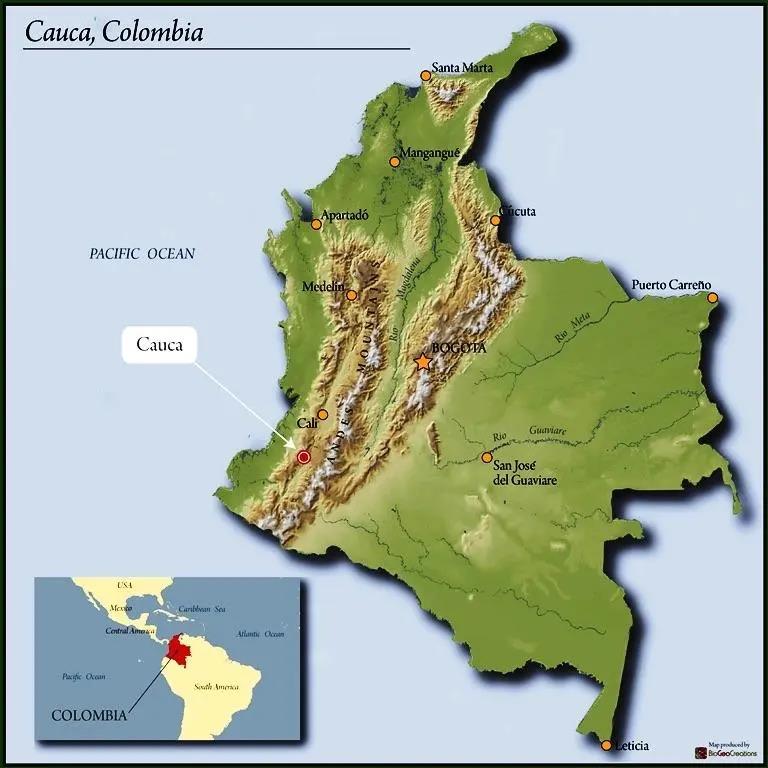
The central mountain system includes two major volcanoes, Sotara and Petacas. Cauca province on the border is similar to other southwestern producing areas, with an obvious unimodal precipitation distribution (monomodal). The dry season mainly occurs from August to September every year, followed by a concentrated coffee blossom season followed by the next year's concentrated coffee harvest season. The harvest period is from March to June (main production season) and November to December (secondary production season).
Paradise Manor
FincaEl Paraiso
Finca El Paraiso is a coffee farm that Mr. Diego Samuel started in 2008, initially as a small family farm of 2.5 hectares, and the owner invests the annual surplus in coffee agriculture and continues to delve into how the boutique flavor can be better produced. In 2015, he took part in the local regional competition for the first time and won the first place. After becoming famous in World War I, he was recognized by the industry and gave him more motivation in promoting the cultivation of boutique coffee.
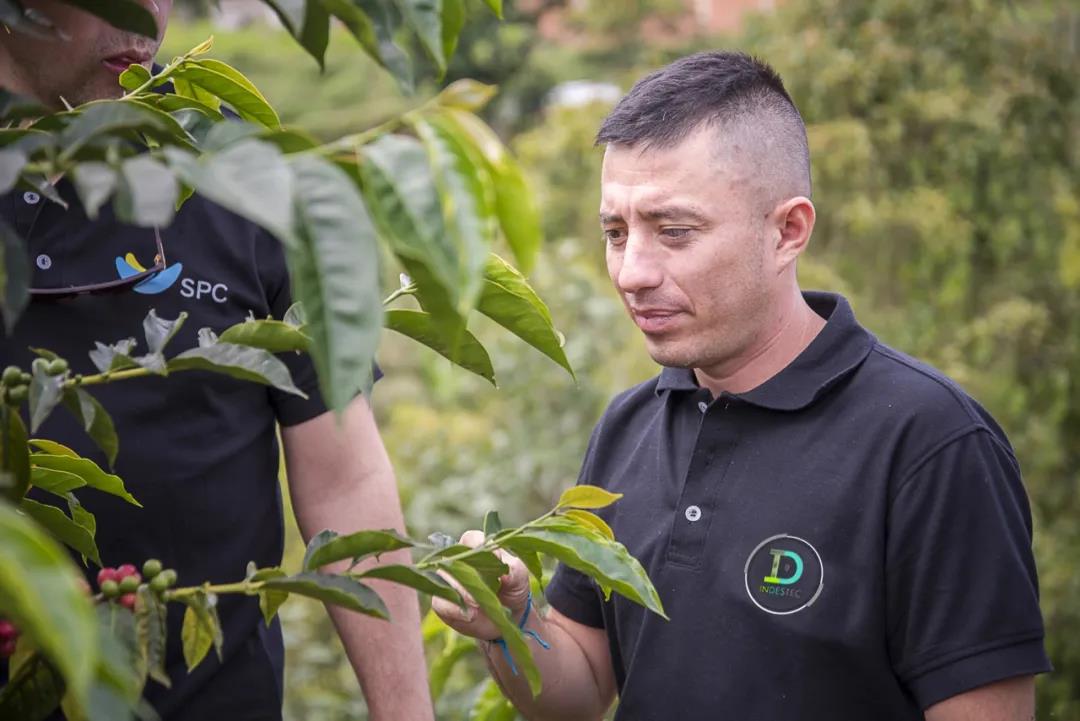
Through his company, Indestec (Innovacion y Desarrollo Tecnologico para la Caficultura), Diego has created new and innovative technologies to improve and stabilize the quality of coffee. He says he likes to get out of his comfort zone because it will always help him improve. At present, Paradise Manor has mainly planted Bourbon Bourbon, pointed Bourbon Laurina, Rosa Gesha, Castile Castillo and other varieties, and is planning to try more different varieties.
Double anaerobic washing
Anaerobic Fermentation Washed
Anaerobic fermentation usually ferments the coffee fruit in an anaerobic environment, which is then removed from the anaerobic environment and processed in the next step. After the coffee fruit is removed from the anaerobic environment, the peel and pulp of the coffee fruit is removed by the machine, and the coffee beans with pectin are put into an anaerobic environment in a plastic bag or other sealed container for another anaerobic fermentation. The treatment method which has experienced the above two anaerobic fermentation is called double anaerobic fermentation.
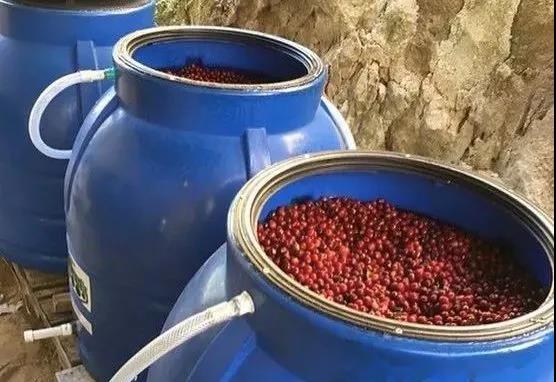
The tropical style of Qianjie Coffee Paradise Manor belongs to double anaerobic washing. After two times of anaerobic fermentation, the coffee beans are removed from the anaerobic environment, washed, washed and then dried in the sun. The moisture content is reduced to about 11%. Through the cup test in the front street, it was found that the coffee beans treated by this method were more acidic than those washed by anaerobic water.
Coffee variety
In the Castillo:1961 year of Castiel, CENICAFE began to study Timor varieties of Robusta lineage, and then CENICAFE continued its research and development. In 2002, it released a second disease-resistant variety, Tabi (a hybrid between Bourbon and Timor). In 2005, it released the most successful disease-resistant variety so far. After the outbreak of leaf rust in 2008, Colombia began to vigorously promote the cultivation of Castique.

Colombia Colombla: a new breed of coffee with the same name as Colombia [Colombia] is a mixed-race coffee developed in the 1980s with Kaddura and Timo ancestry, that is, the Katim breed, but [FNC] insists that although Colombia is a direct line of Katim, its flavor is far more elegant than that of ordinary Kadim, because Colombia has washed away the moldy smell of strong beans after generations of "reverse hybridization" with Arabica, and the flavor is more like Arabica. It also has the advantages of disease resistance and high yield of stout beans, which is a sharp weapon for Costa Rica to increase production.
Kaddura Caturra: a natural variety of the Arabica variety Bourbon, discovered in Brazil in 1937. Its tree is not as tall as bourbon and smaller. Due to inheriting the blood of bourbon, the disease resistance is relatively weak, but the yield is higher than that of bourbon. Although found in Brazil, Kaddura is not suitable for growing in Brazil, so it is not planted on a large scale in Brazil, but is popular in Central and South America, such as Colombia, Costa Rica and Nicaragua. Kaddura is planted on a large scale.
Suggestion on coffee baking in Qianjie
Yangjia 800N, bean dosage: 480g. When the furnace temperature reaches 175oC, the fire throttle opens 4 "; when the furnace temperature reaches 151.2 °C, the yellowing point turns yellow, the smell of grass disappears completely, entering the dehydration stage, the furnace temperature reaches 176oC, and the firepower drops to 110oC.
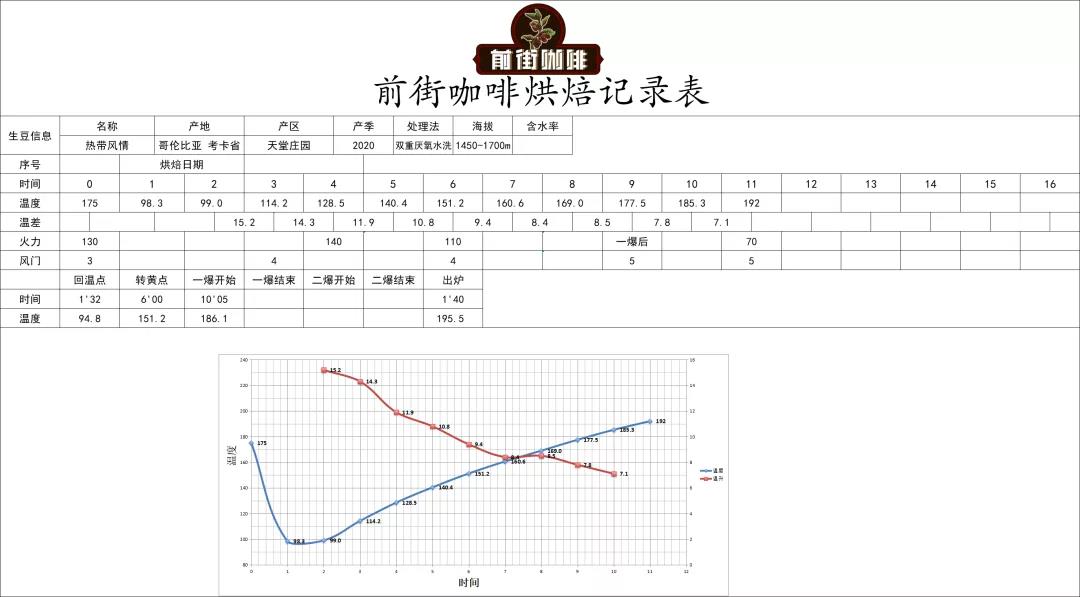
The smell of toasted bread has obviously changed to the smell of coffee, which can be defined as a prelude to an explosion. At this time, it is necessary to listen carefully to the sound of the explosion point. When it starts to explode, the throttle will be fully opened, and the firepower will be reduced to 70 at 188℃; after an explosion, the firepower will be reduced to 70 at 188pm.
Coffee cup test report on Qianjie
Qianjie Coffee will be tested within 8-24 hours after the sample beans are roasted. The cup commonly used by baristas in front street is a ceramic bowl with a capacity of 200ml. The water temperature used in the cup test is 94 °. The pass rate of 20 # standard screen (0.85 mm) controlled by grinding degree is 70% Mel 75%. Ratio: 11 grams of coffee powder and 200 milliliters of hot water, that is, 1VR 18.18, so that the concentration of the extract is exactly within the range of 1.15% Murray 1.35% gold cup, and the soaking time is 4 minutes.
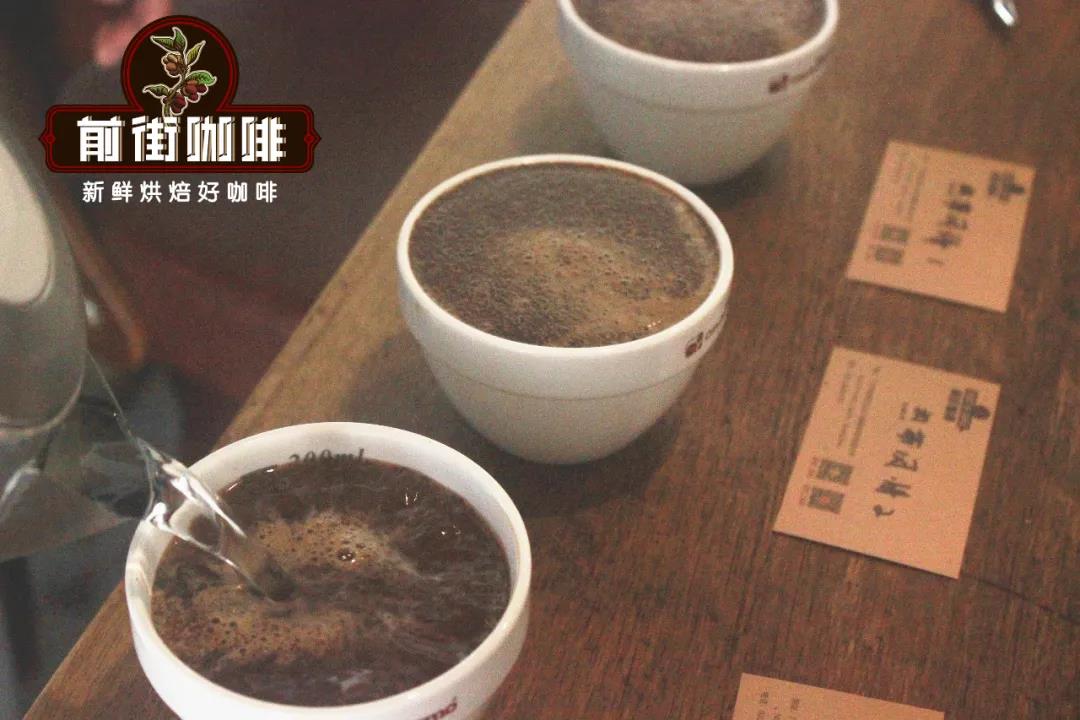
Dried incense: pineapple
Wet fragrance: mango
Flavor: black grape, passion fruit, berry, caramel
Experience of brewing coffee in Qianjie
Filter cup: V60 # 01
Water temperature: 90 degrees
Powder content: 15g
Ratio of powder to water: 1:15
Degree of grinding: medium fine grinding / BG#6P (sieve powder in No. 20 sieve bowl to 79%)
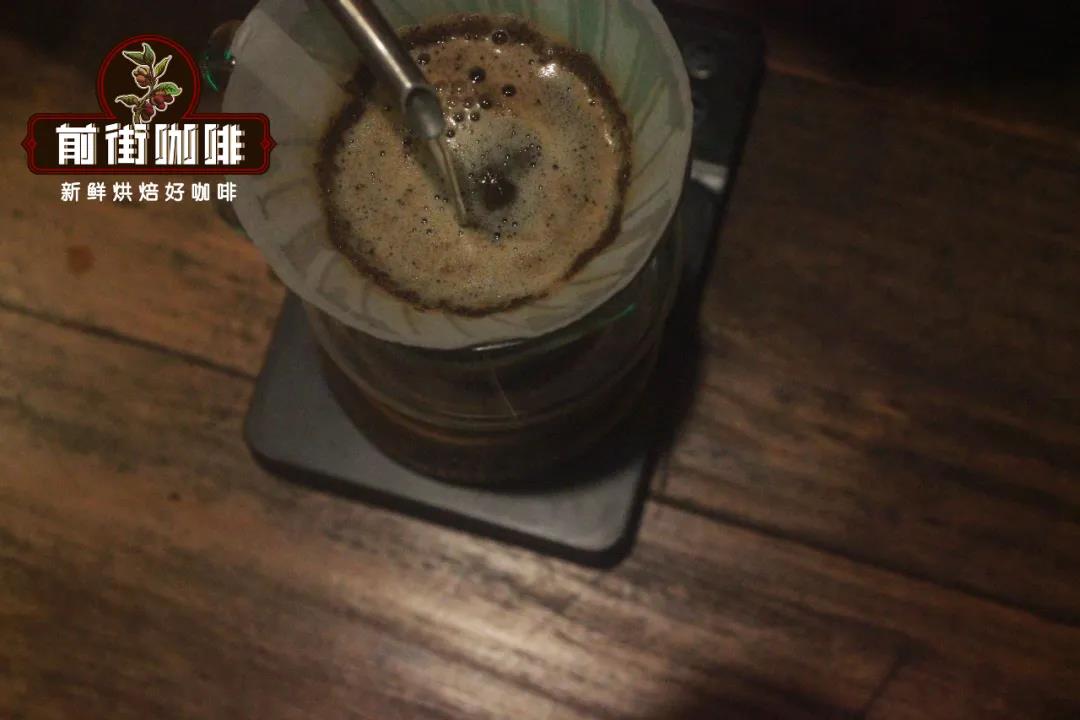
The front street cooking technique: first wet the filter paper and preheat the filter cup and the coffee pot. Steam with 30 grams of water for 30 seconds, small flow circle injection to 125 grams, continue to inject water to 225 grams when the water level is about to be exposed, remove the filter cup when the water level is about to expose the powder bed, (steaming starts timing) the extraction time is 2: 00 ".
Cooking flavor: the front part of the black grape is sour, the middle part of the passion fruit aroma, the finish is caramel-like sweet.
For more boutique coffee beans, please add private Qianjie coffee on Wechat. WeChat account: kaixinguoguo0925
Important Notice :
前街咖啡 FrontStreet Coffee has moved to new addredd:
FrontStreet Coffee Address: 315,Donghua East Road,GuangZhou
Tel:020 38364473
- Prev
Kenyan Kirin Yajia Coffee producing area Katiya Coffee beans how to drink Kenyan Coffee?
Professional coffee knowledge exchange more coffee bean information please follow coffee workshop (Wechat official account cafe_style) front street coffee Kenya Kylin AA coffee production area: Kenya Kirin Yaga Kaguyu processing station grade: AA (coffee particle size between 1718 mesh) varieties: SL28SL34 treatment: K72 washing altitude: 1400m production season: 2020 Kirin Yaga
- Next

How long can coffee beans be drunk after roasting? How long is the bean-growing period of coffee?
Coffee can't be brewed immediately after baking. Where does this concept come from is very worthy of our exploration. What is the truth? Freshly roasted coffee beans contain slowly volatile carbon dioxide, and when coffee beans are ground into fine powder, the gas volatilizes faster and faster. The pressure released by gas volatilization prevents water from seeping into the coffee powder. The finer the coffee powder, the more water seeps.
Related
- Beginners will see the "Coffee pull flower" guide!
- What is the difference between ice blog purified milk and ordinary milk coffee?
- Why is the Philippines the largest producer of crops in Liberia?
- For coffee extraction, should the fine powder be retained?
- How does extracted espresso fill pressed powder? How much strength does it take to press the powder?
- How to make jasmine cold extract coffee? Is the jasmine + latte good?
- Will this little toy really make the coffee taste better? How does Lily Drip affect coffee extraction?
- Will the action of slapping the filter cup also affect coffee extraction?
- What's the difference between powder-to-water ratio and powder-to-liquid ratio?
- What is the Ethiopian local species? What does it have to do with Heirloom native species?

